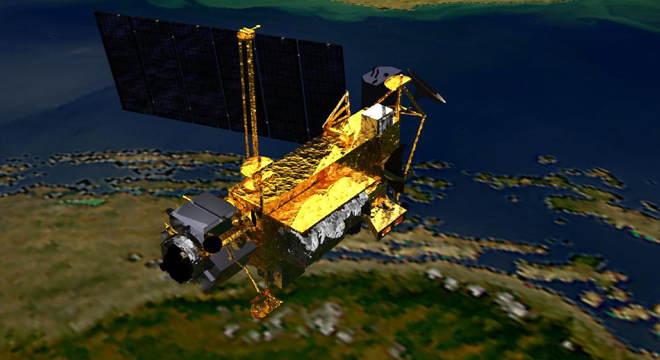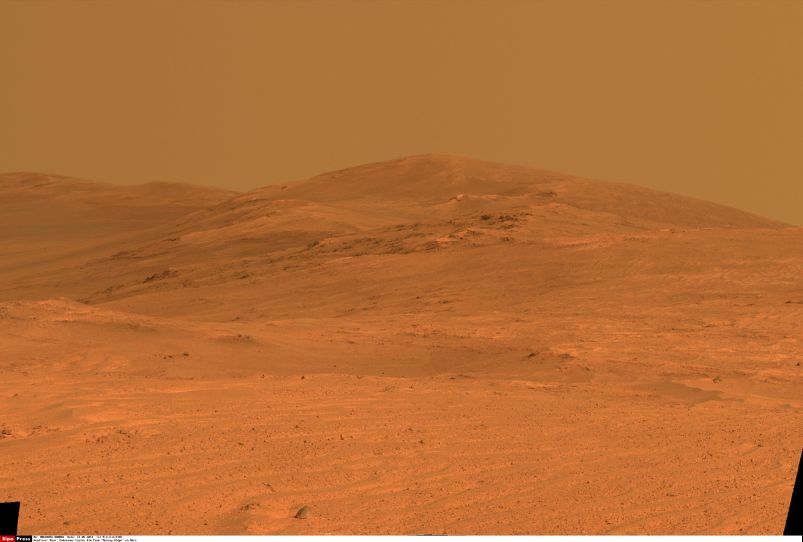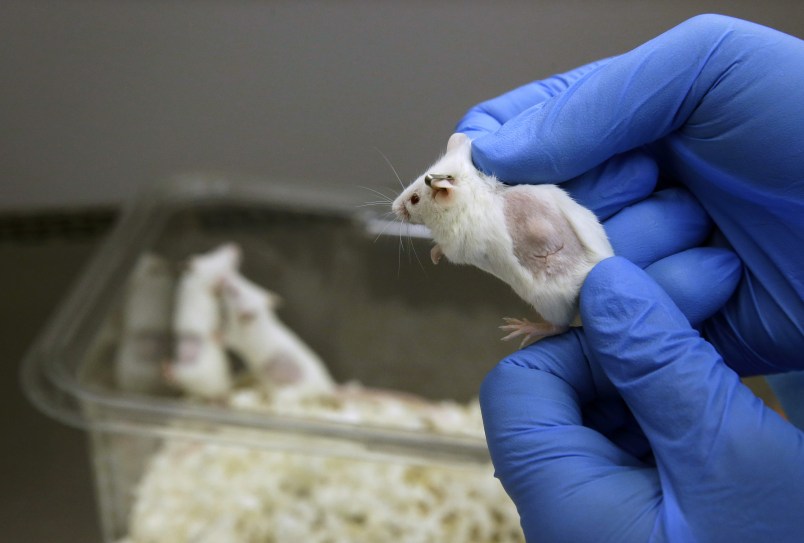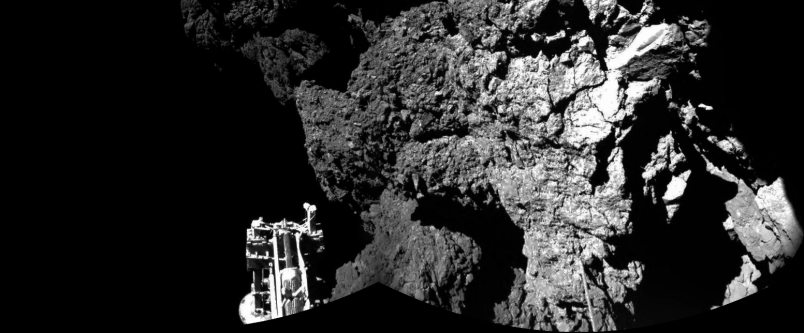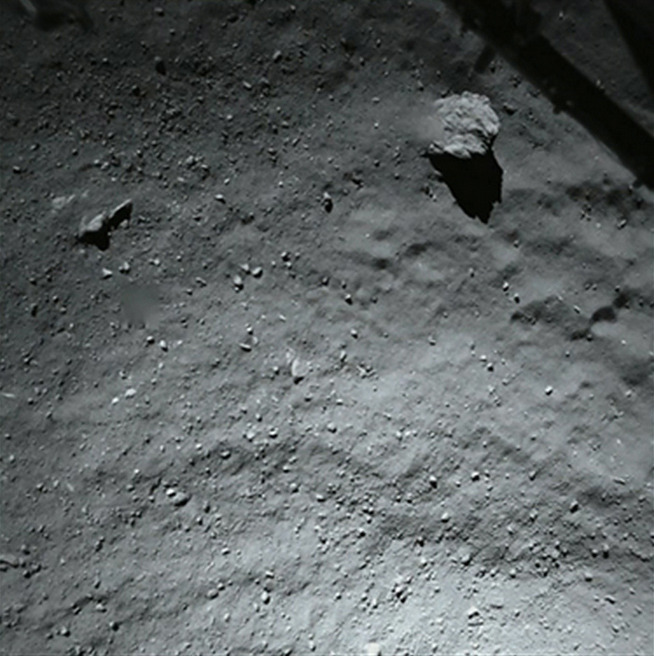NASA has adjusted the prediction for when and where its defunct climate satellite will fall to earth, moving the potential window of re-entry from Friday afternoon to “late Friday, Sept. 23, or early Saturday, Sept. 24” ET.
Even more surprising: After noting on Thursday that the satellite wasn’t expected to be over North America at all during it’s re-entry window, NASA has since revised that call, now saying “There is a low probability any debris that survives re-entry will land in the United States, but the possibility cannot be discounted because of this changing rate of descent.”
Up to 26 distinct pieces of debris are expected to make it through to the ground (or plunge into the ocean), with one of them weighing up to 300 lbs., according to NASA’s risk assessment.
NASA said that the reason for the drastic change in its prediction was due to the fact that the satellite’s re-entry has slowed, having reached a low-enough orbit where it isn’t being influenced by solar activity. Prior to now, UARS had been drastically affected by the effects of the Sun’s radiation on the upper atmosphere. Scientists had even noted that it’s fall was accelerating due to increased solar activity.
As PhysOrg explains:
“Satellites experience drag as they move through the outer reaches of Earth’s atmosphere, a large region of hot gas known as the thermosphere. Like a marshmallow held over a campfire, the thermosphere puffs up when heated by solar ultraviolet and x-radiation.”
NASA says it is still too early to predict where UARS will land but that “predictions will become more refined in the next 12 to 18 hours.” Follow the agency’s updates here.
But Air Force partner, the Aerospace Corporation, is still updating its own prediction map, which currently shows the satellite re-entering over Chad in Africa:

The 20-year-old climate satellite still has a 1-in-3,200 change of striking any person on Earth and a 1-in-21 trillion chance of hitting you specifically.
Correction: This post originally misstated the odds of the satellite hitting a specific individual at 1-in-21 billion. The figure has since been corrected to 1-in-21 trillion. We regret the error.





